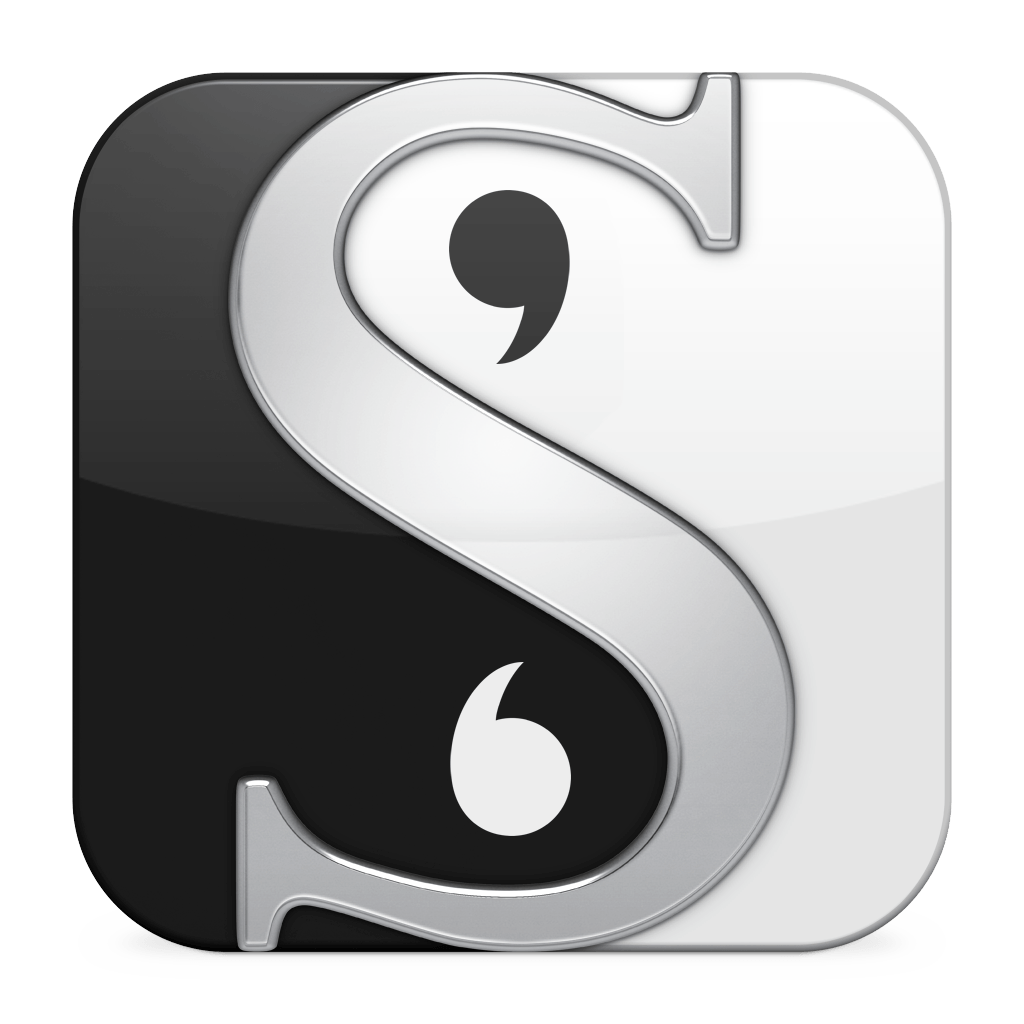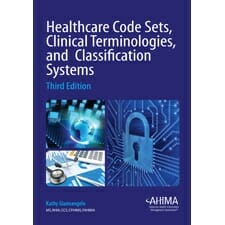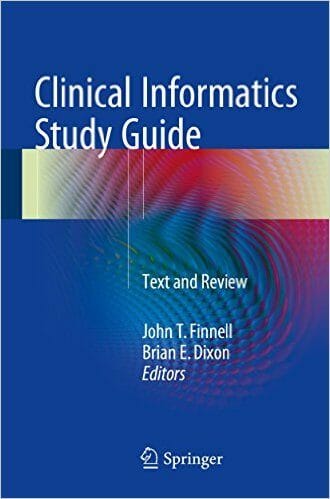Resources
Get stuff done. Change the world.
Writing
Scrivener isn’t just a word processor. It’s a writing studio. Once I started using it, there was no turning back. I fell in love with Scrivener’s writer-friendly layout, organization features, and distraction free writing. Scrivener is marvelous for writing a research paper, blog post, script, novel, or any long-form text. Scrivener helps you outline and structure your ideas, take notes, view research alongside your writing and compose the constituent pieces of your text in isolation or in context. After I nailed a workflow for using Scrivener to write scientific papers, I could finally kiss the bug-prone Microsoft Word for Mac goodbye. Scrivener is available as a desktop application for both Mac and Windows, and as an iOS app too. An Educational license for faculty and students is also available.
Biomedical Informatics
Healthcare Code Sets, Clinical Terminologies, and Classification Systems
Key Features
- New chapters on RxNorm, Data Mapping, and ICD-11
- Updated content includes DSM-5, the US extension of SNOMED CT, and ICF
- New material describing adoption and use cases providing an understanding of how the system is used in the real-world
- Expanded information on data set and data interchange standards and terminology servers and metadata registries
- Instructor materials with sample syllabi, test banks, and full answer key
The book is divided into sections that group related chapters based on the major foci of the core content: health care delivery; clinical decision-making; information systems; leadership and managing teams; and professionalism. It provides a roadmap for faculty who wish to go deeper in courses designed for physician fellows or graduate students in a variety of clinically oriented informatics disciplines, such as nursing, pharmacy, radiology, and public health.
The editors, JT Finnell and Brian Dixon, are colleagues and friends of mine at Regenstrief. They assembled a superb group of authors for this book. Along with Tim Imler and Joseph Kannry, I had the opportunity to co-write the chapter on Healthcare Data Standards and Exchange.
Disclosure of Material Connection
Some of the links in the post above are “affiliate links.” This means if you click on the link and purchase the item, I will receive an affiliate commission. Regardless, I only recommend products or services I use personally and believe will add value to my readers. I am disclosing this in accordance with the Federal Trade Commission’s 16 CFR, Part 255: “Guides Concerning the Use of Endorsements and Testimonials in Advertising.”




